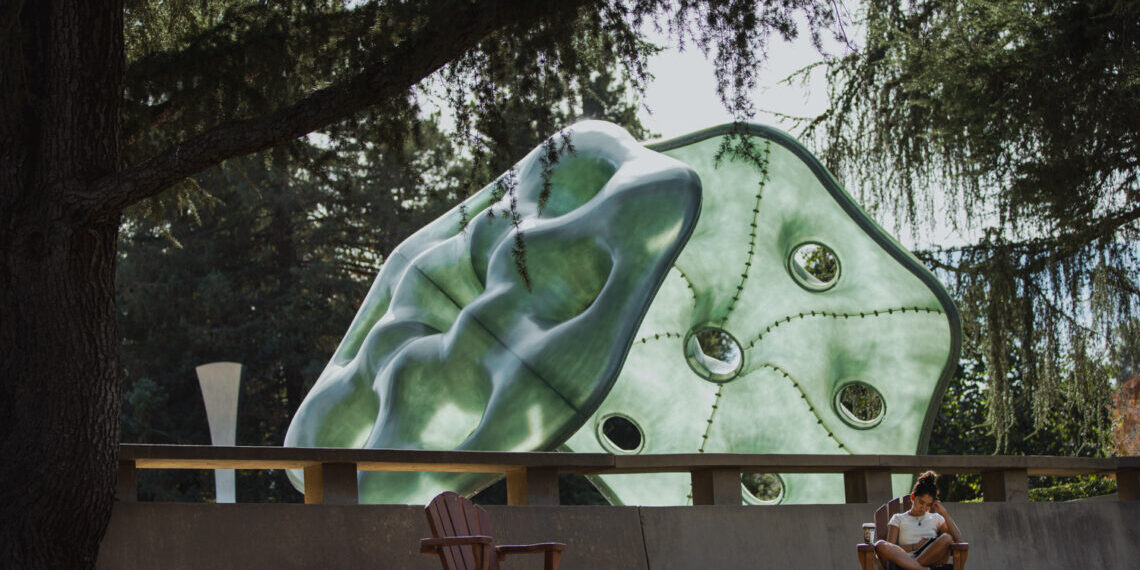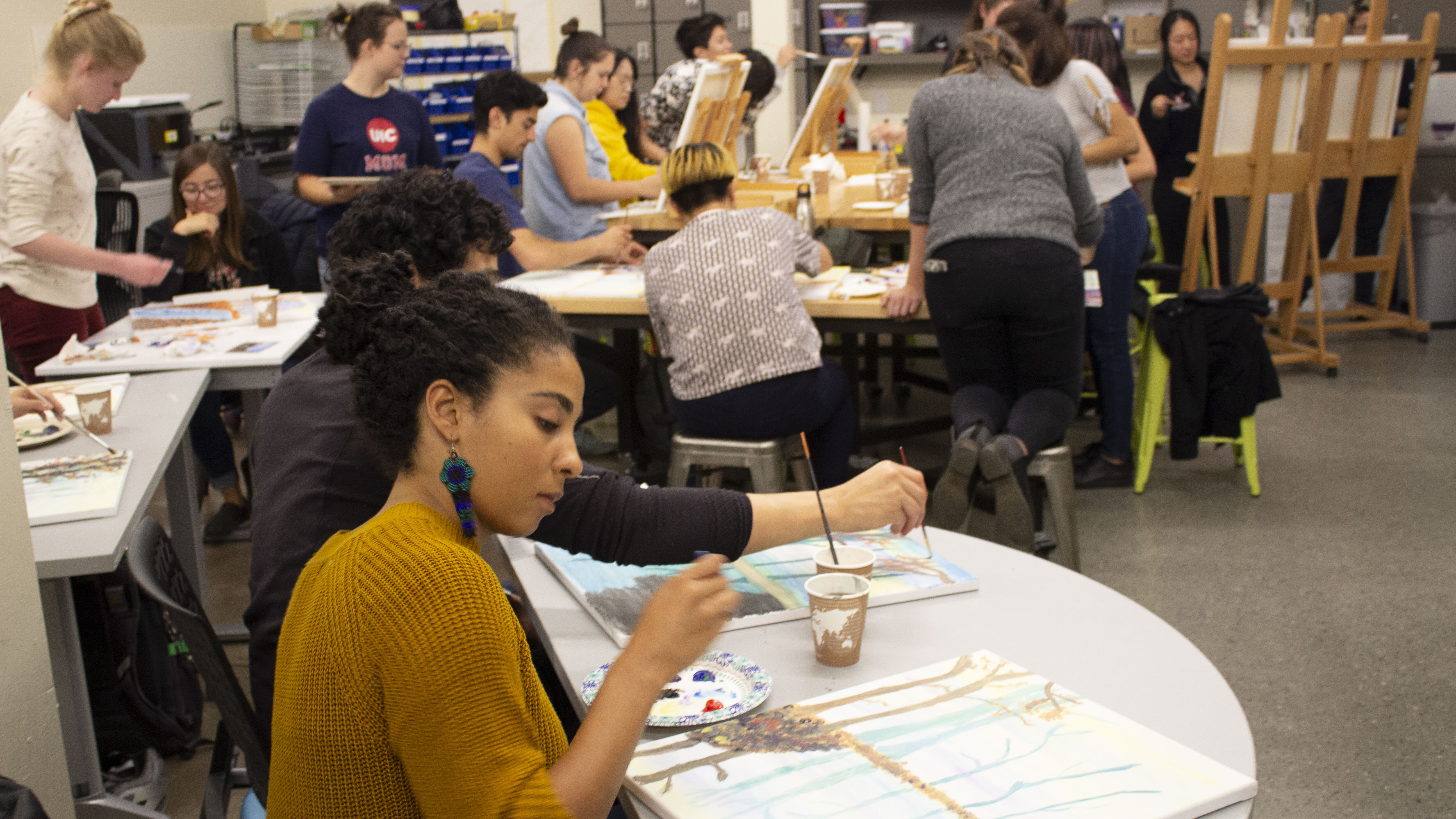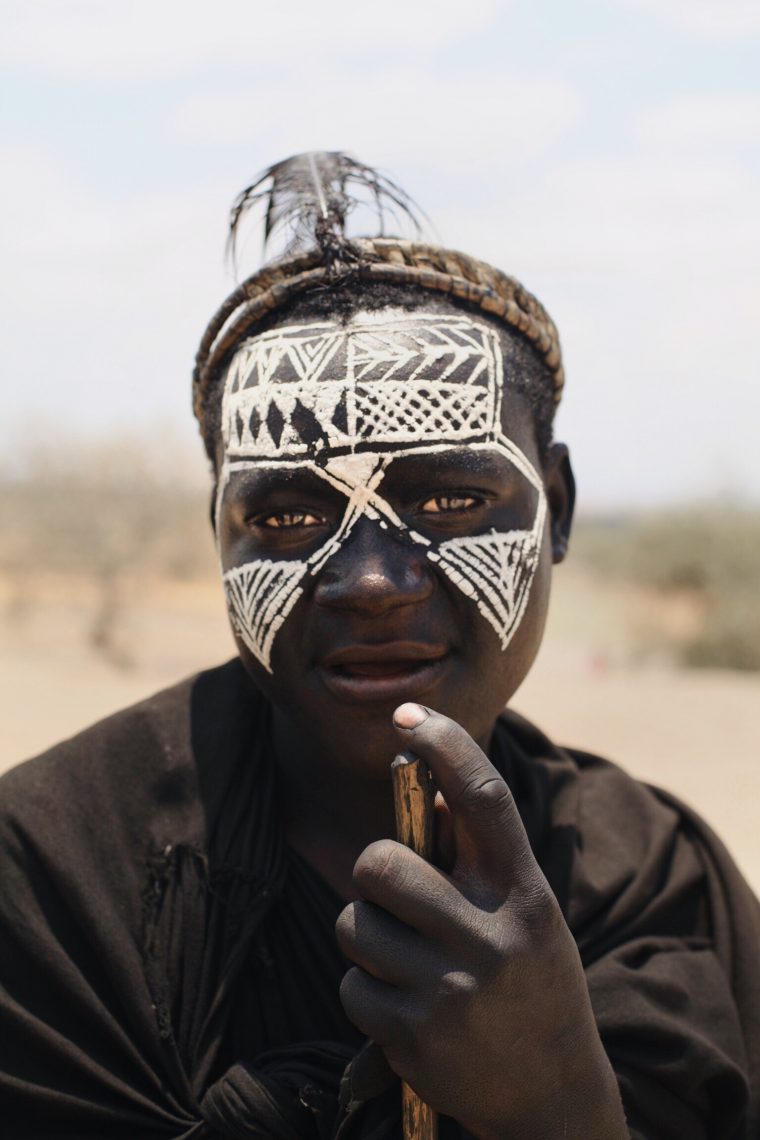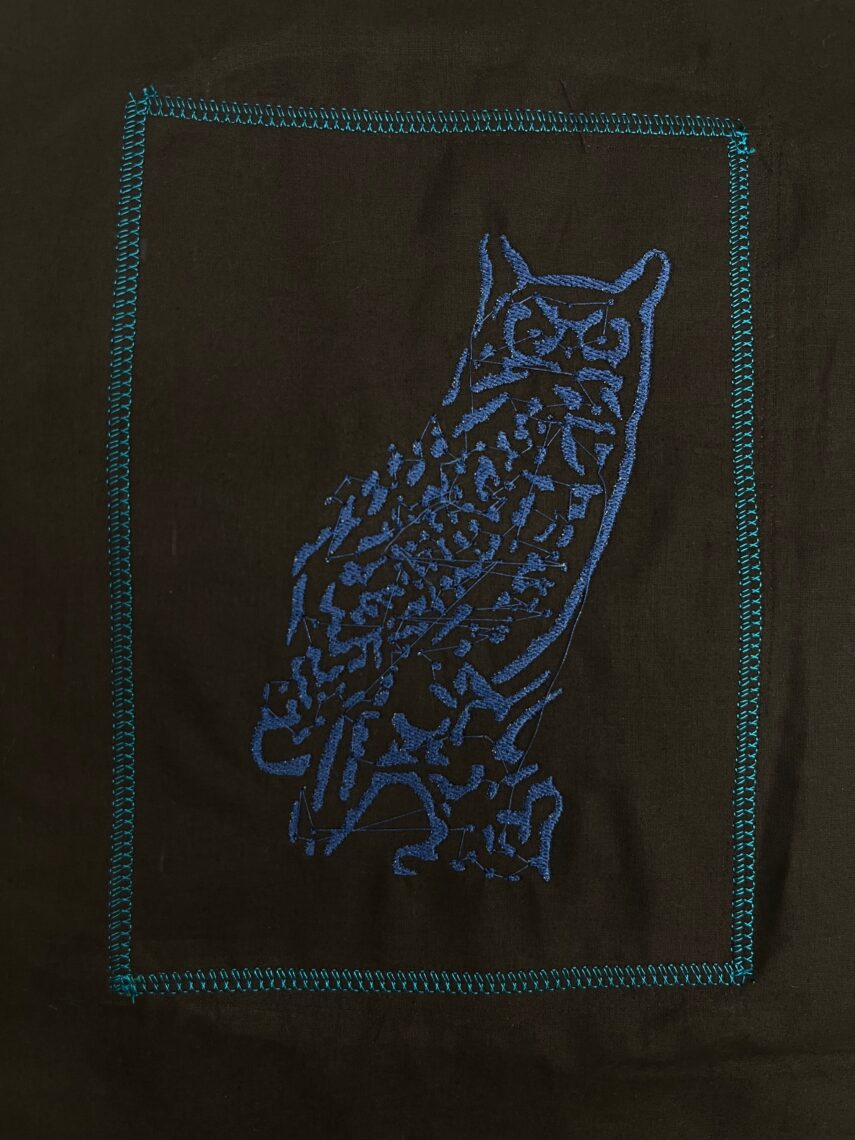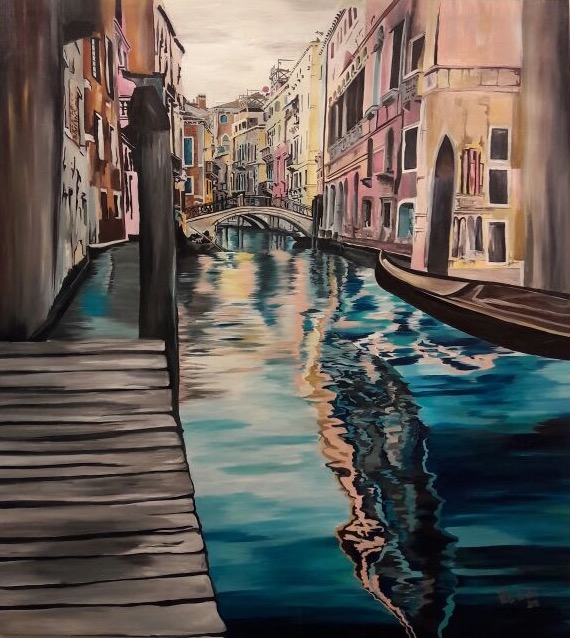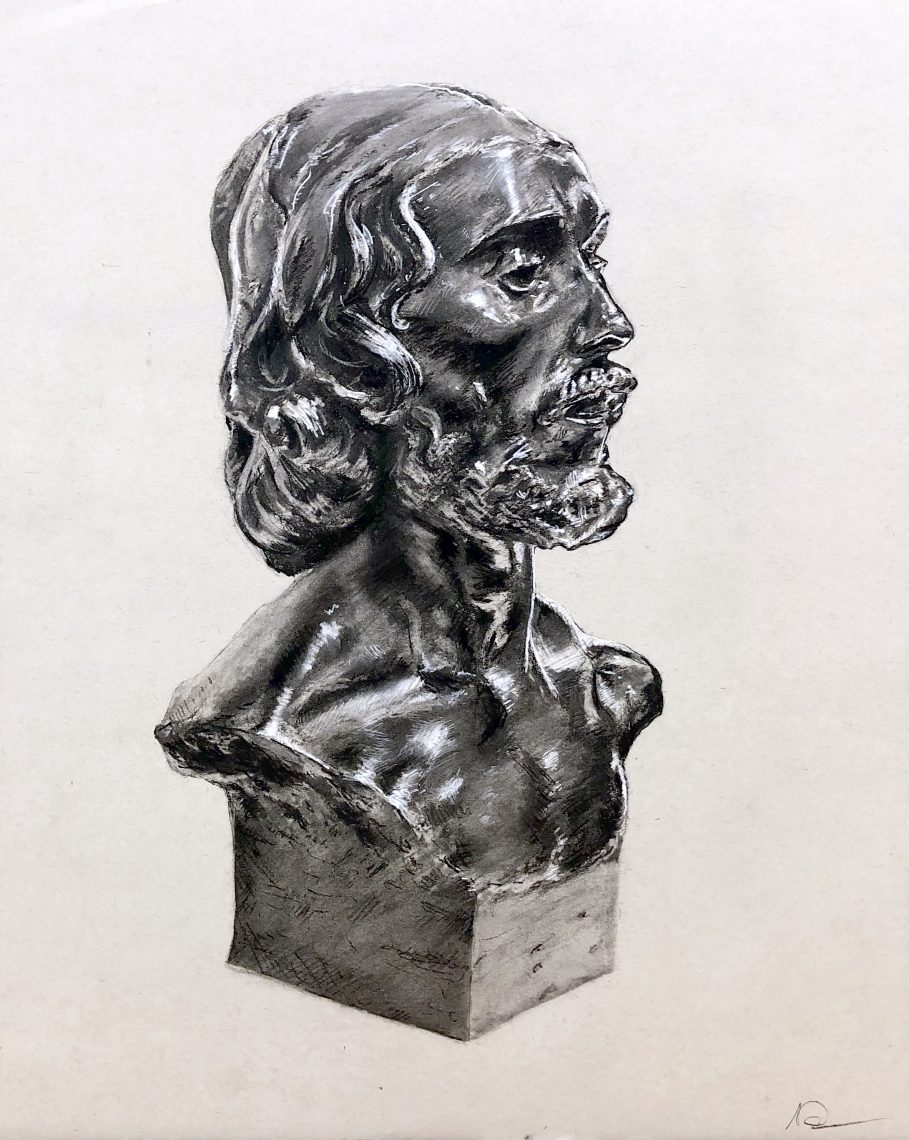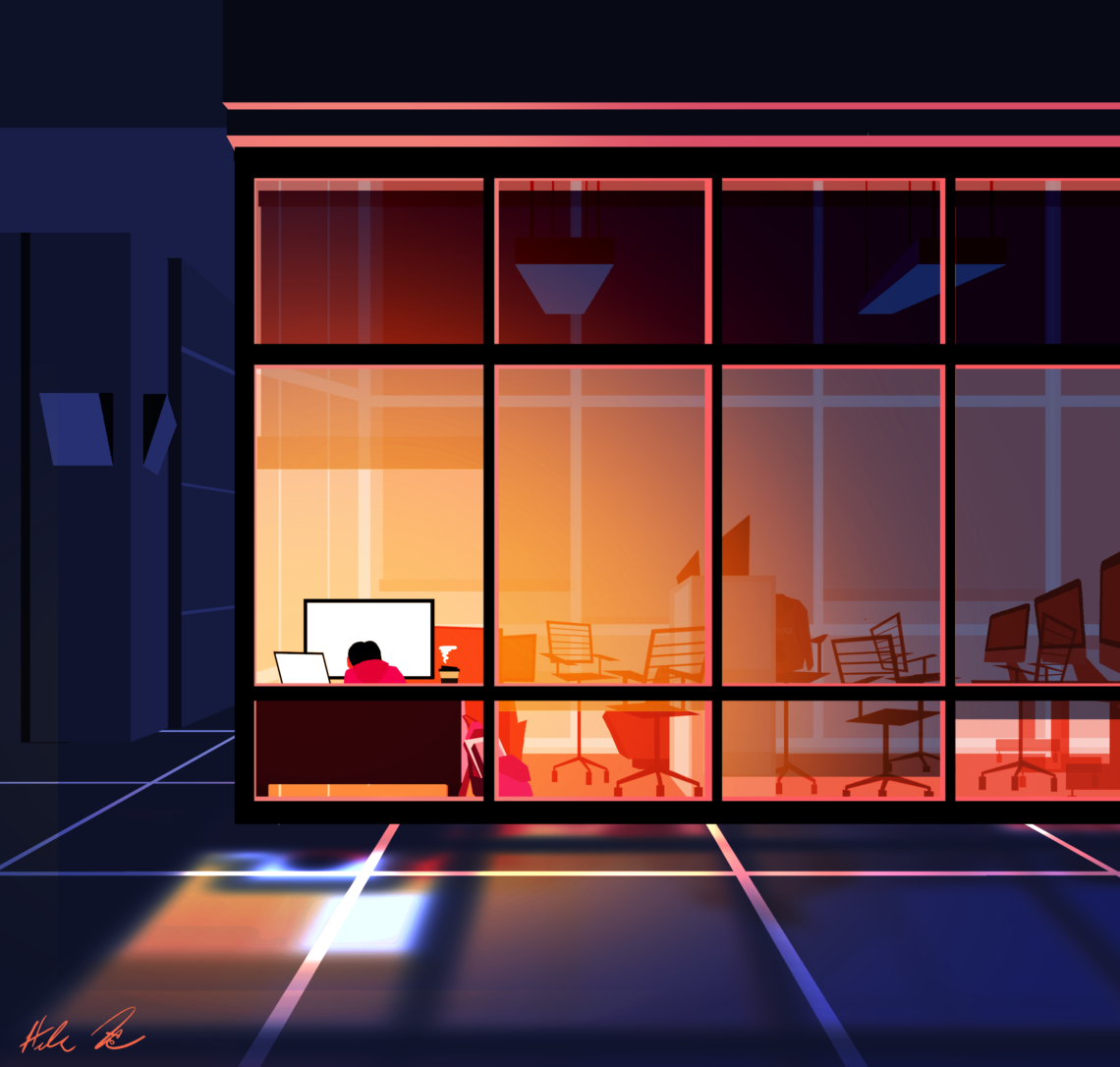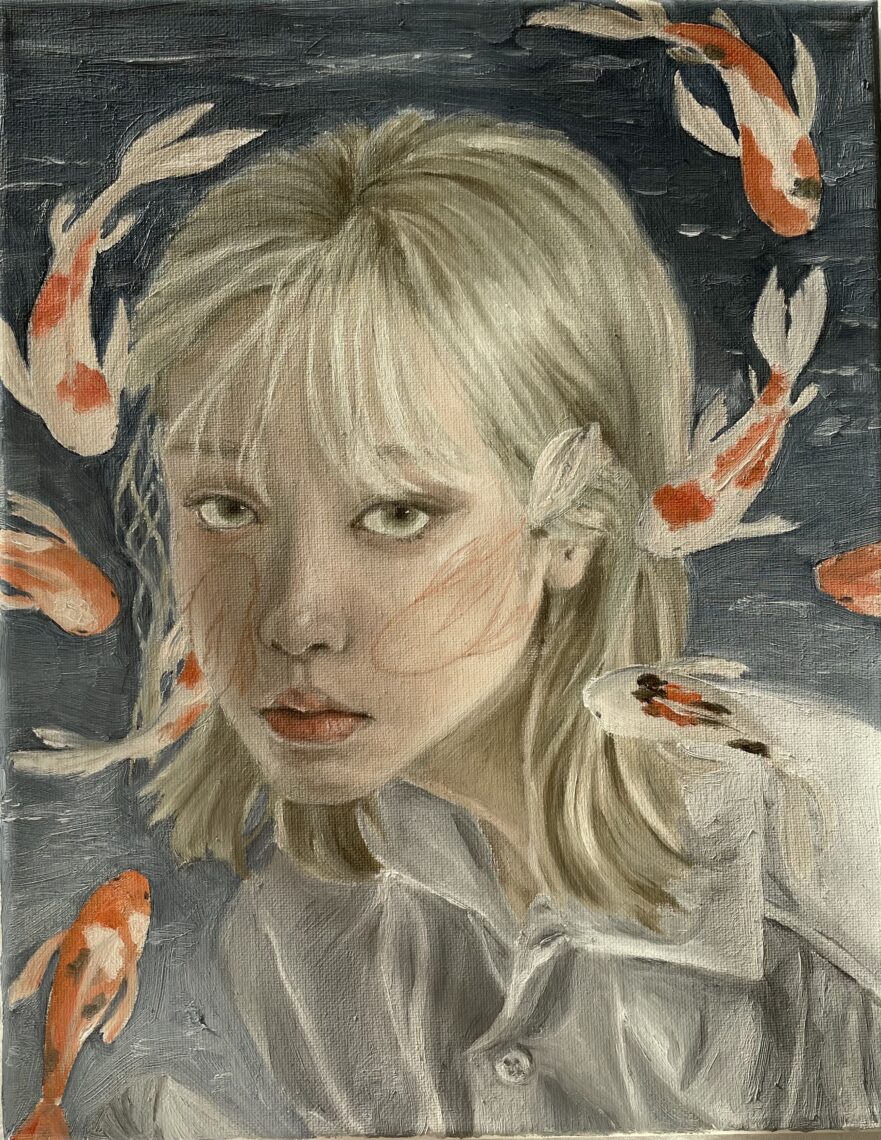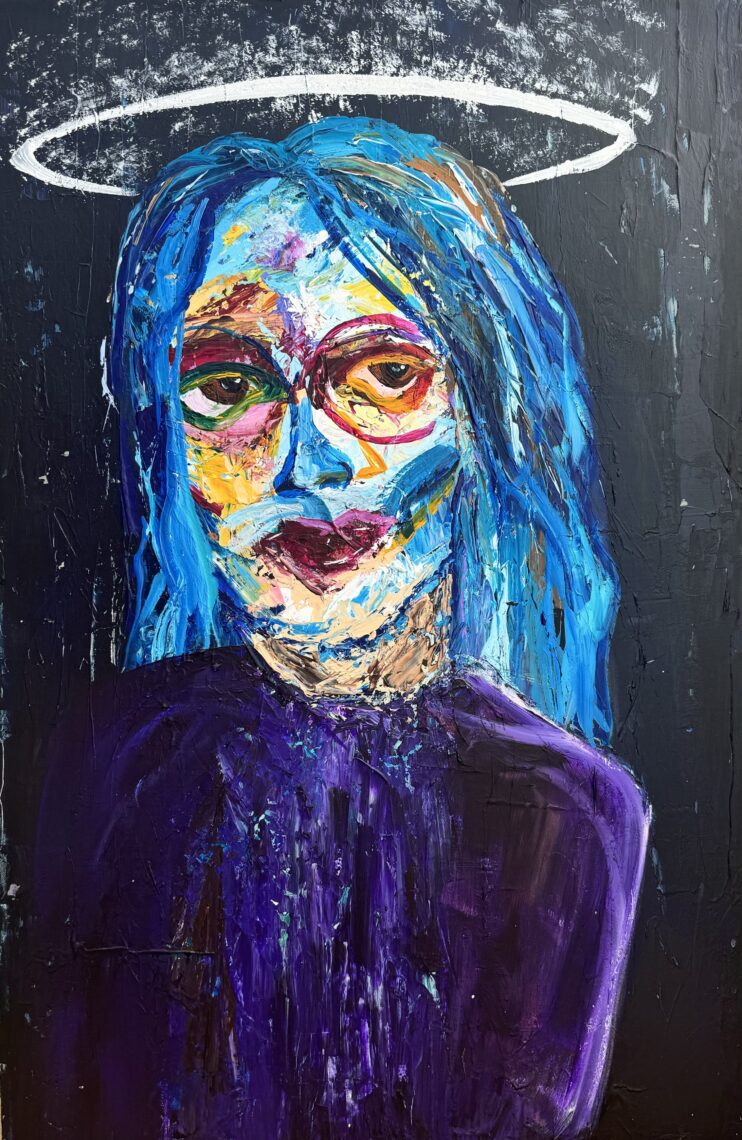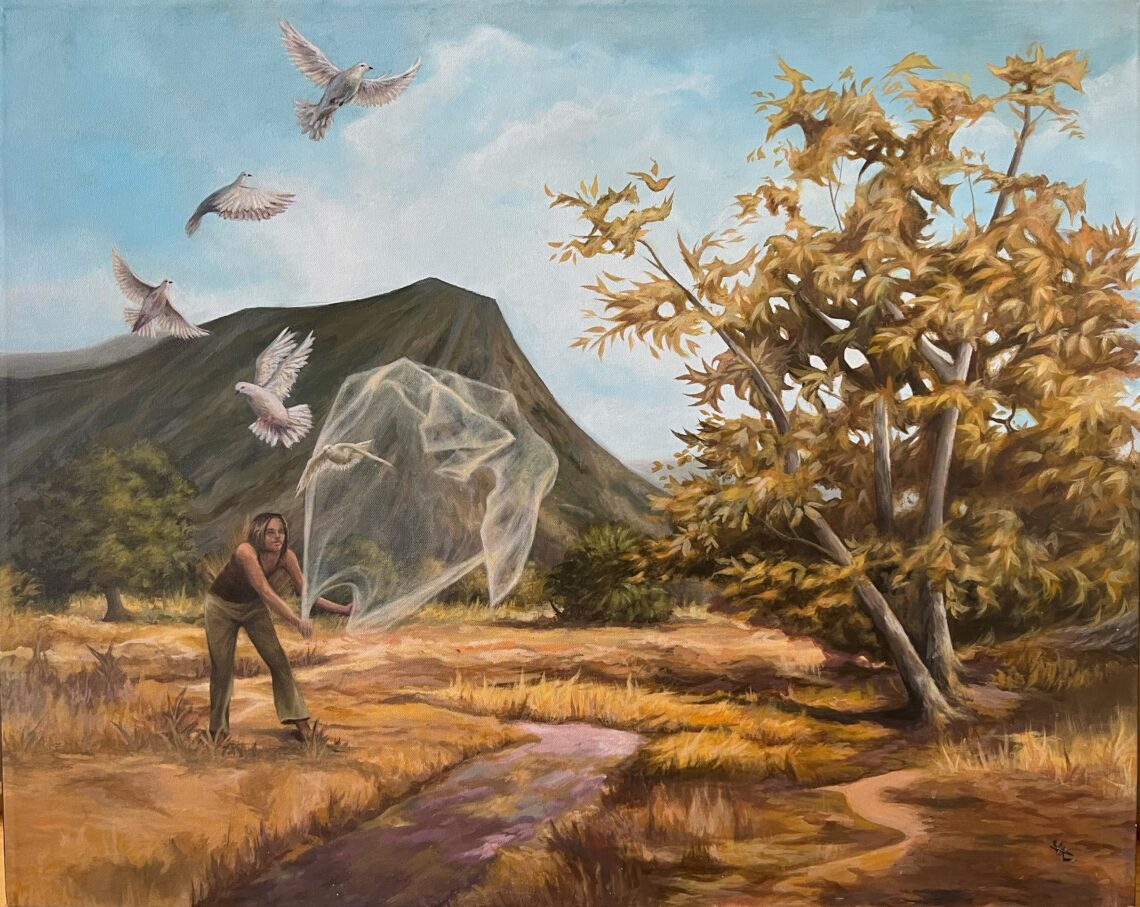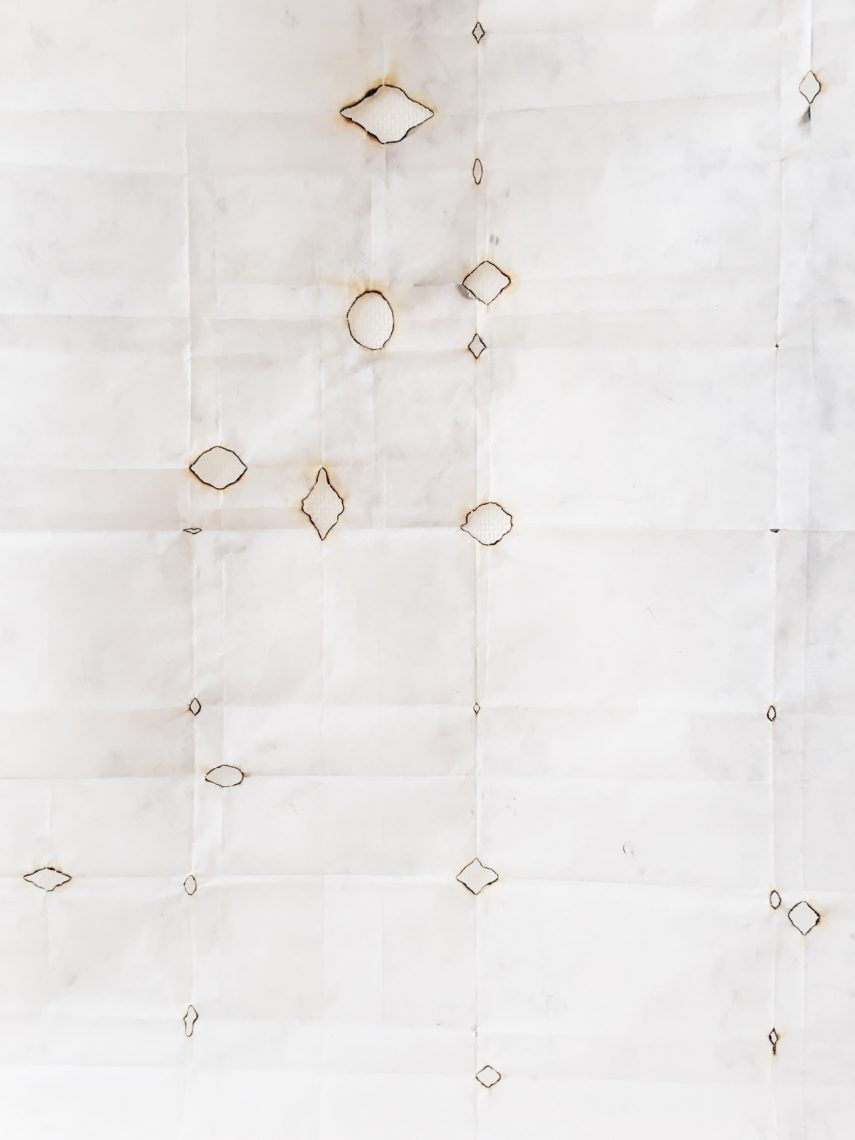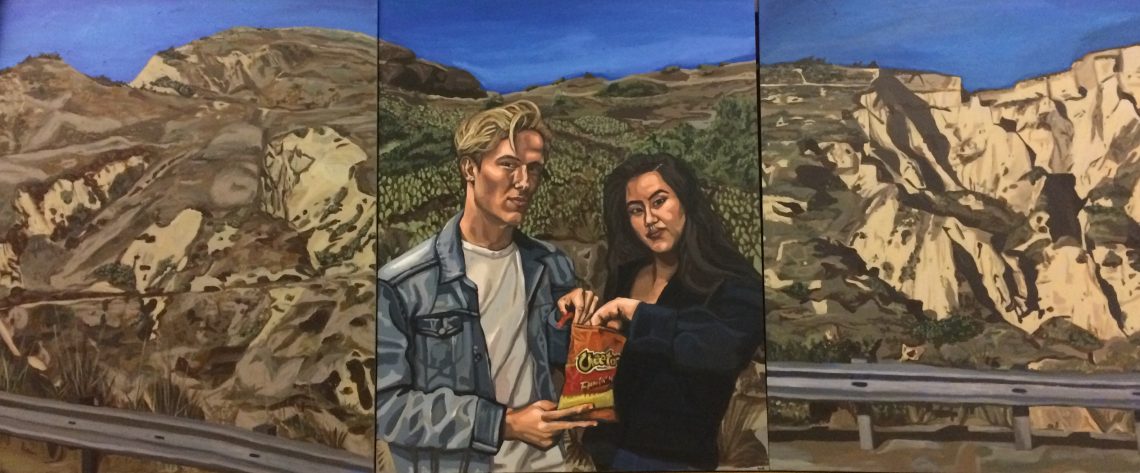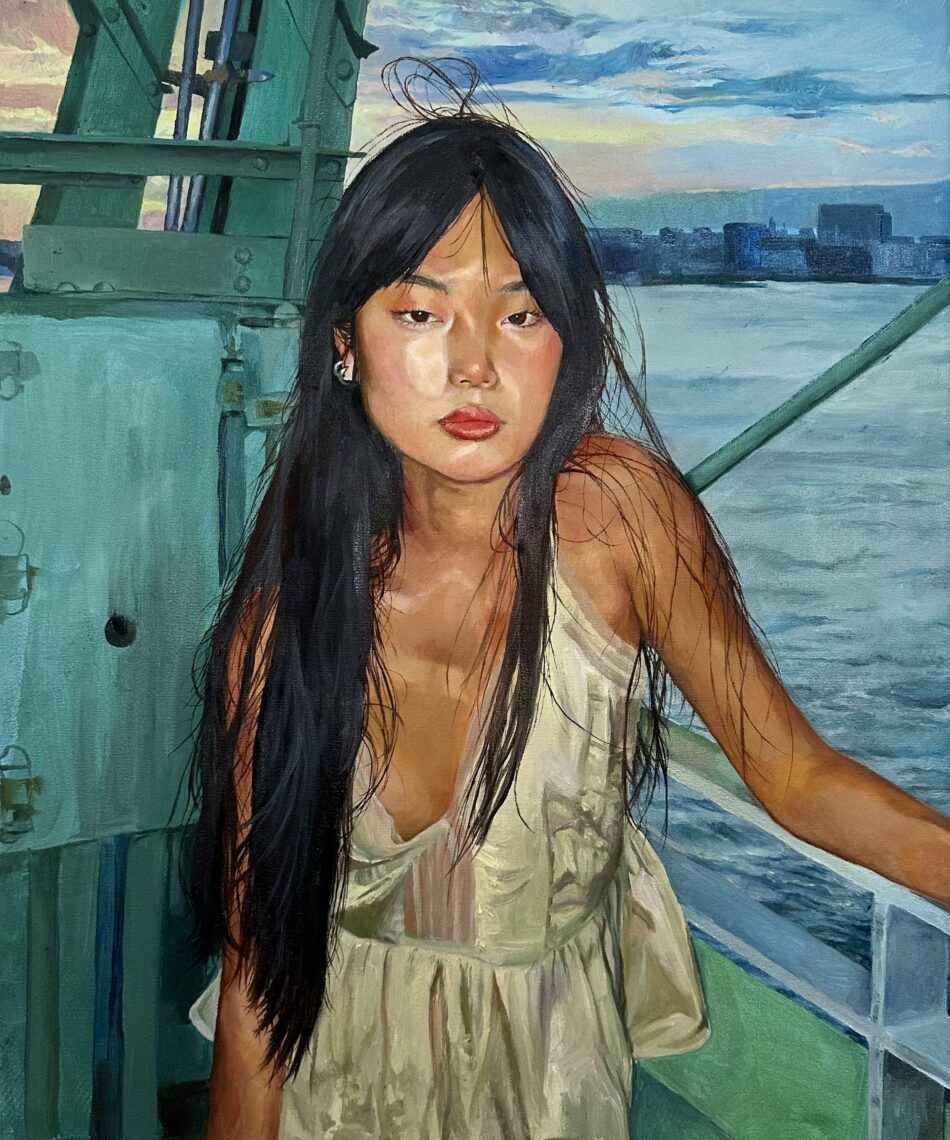-
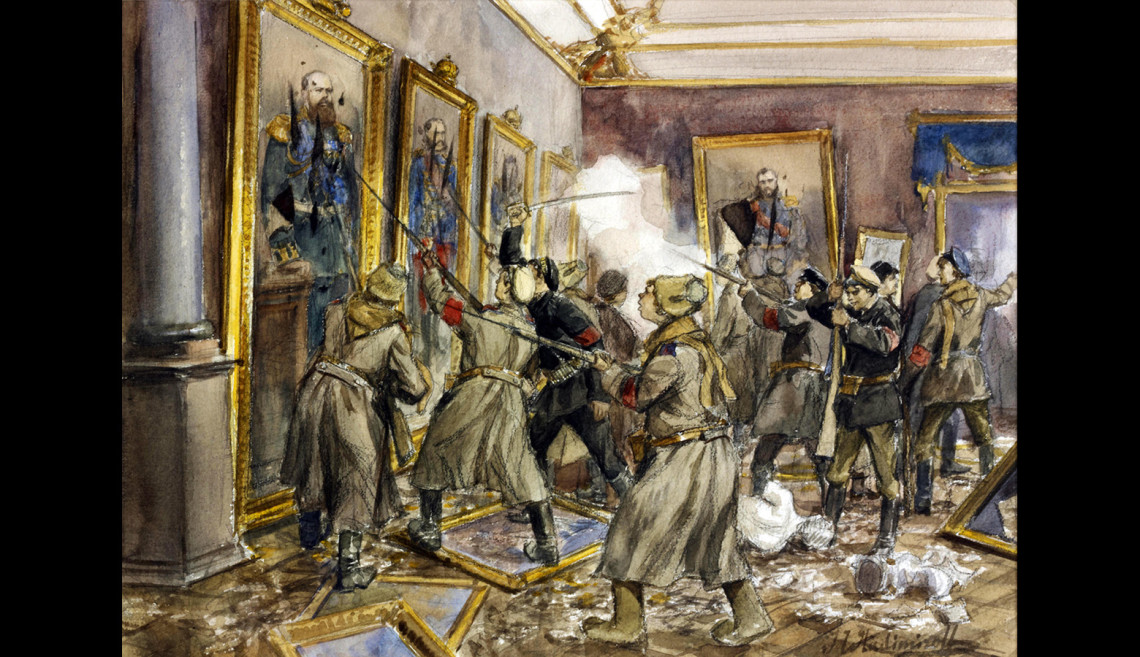
Painting; December 1918; Ivan Alekseevich Vladimirov papers, Hoover Institution Archives. In this painting, one of the rooms in the Winter Palace in Petrograd is vandalized by revolutionaries. Vladimirov, commissioned by Hoover curator Frank Golder to create paintings depicting scenes of daily life in Russia, illustrates a grim world wherein the realities of everyday life are in stark contrast to Bolshevik propaganda.
Ivan Alekseevich Vladimirov -
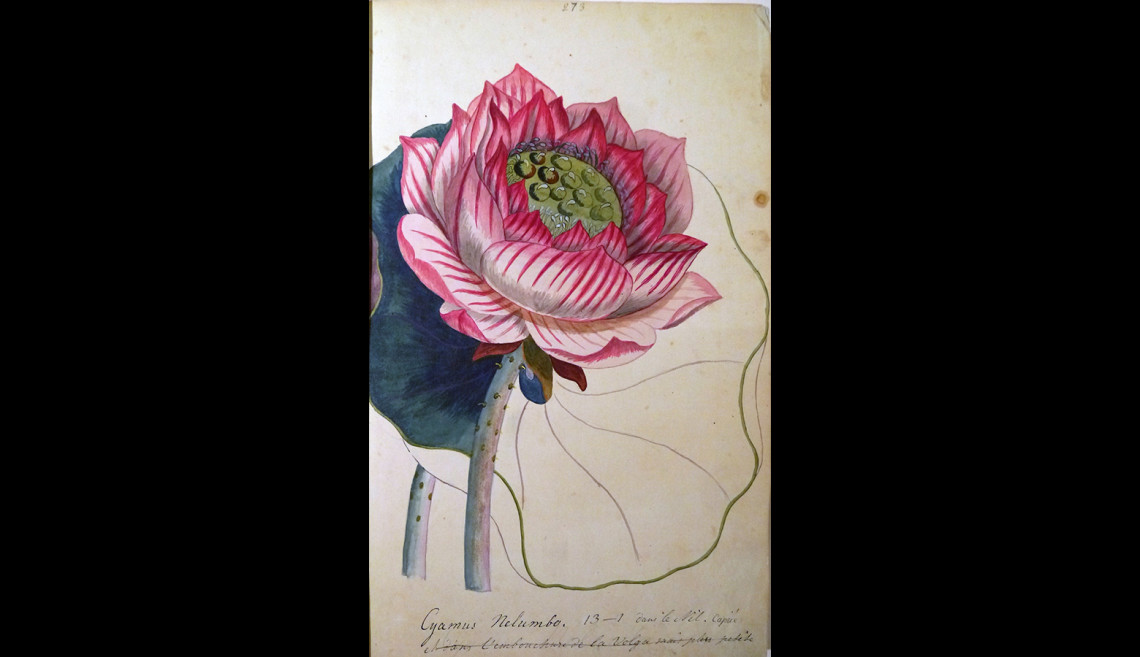
Botanical Drawings; circa 1820–1860; Elena Pavlovna Fadeeva drawings, Hoover Institution Archives. These botanical paintings capture the color and elegance of hundreds of flowers, each identified by its botanical classification and name, one on each page of two volumes held by the Hoover Institution Archives. The artist was born October 11, 1789; her maiden name was Princess Dolgorukova. The daughter of an honored general who served Empress Catherine II (The Great), Elena Pavlovna married Privy Councillor Andrei Mikhailovich Fadeev. She studied botany intensively from early childhood until her death on August 12, 1860, at age seventy-two. Her paintings are especially remarkable because her right hand became paralyzed and she thus had to learn to write and paint with her left hand. In addition to many varieties of lilies, roses, and other flowers, she painted a lovely rendering of the newly discovered California poppy, specimens of which were brought back to Russia from an expedition to California. Besides natural science, Fadeeva occupied herself with history, archeology, numismatics (assembling a significant collection of coins and medals), and languages, being fluent in French, German, Italian, Polish, and Latin. In Saratov, she established a children’s orphanage. These two volumes appear to be the first of a fifty-volume set of Fadeeva’s drawings. They were acquired by Frank Golder, the first Russian curator of the Hoover Institution (then the Hoover War Library), during his trip to Russia in 1921 as part of the American Relief Administration’s humanitarian mission.
Elena Pavlovna Fadeeva (1789–1860) -
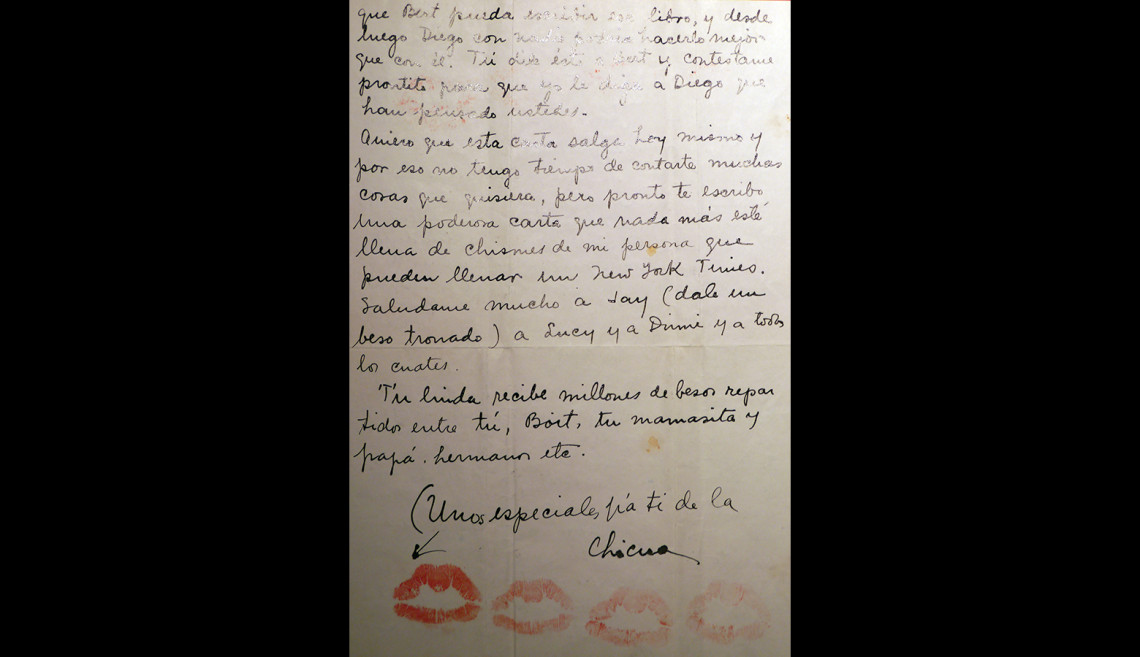
Letters to Ella and Bertram Wolfe; 1936; Bertram David Wolfe papers, Hoover Institution Archives. In the early 1920s, artists Frida Kahlo and Diego Rivera befriended Bertram and Ella Wolfe. Bertram was a scholar and founding member of the Communist Party of America but eventually changed his views and became an ideological adviser to the State Department’s International Broadcasting Office, which ran Radio Liberty and Radio Free Europe, as well as a senior fellow in Slavic studies at the Hoover Institution. Frida’s friendship with the Wolfes (particularly Ella) was strong, as evidenced by her affectionate letters. One letter is signed with her lips; another shows Frida drowning in a sea of tears.
Frida Kahlo (1907–1954) -
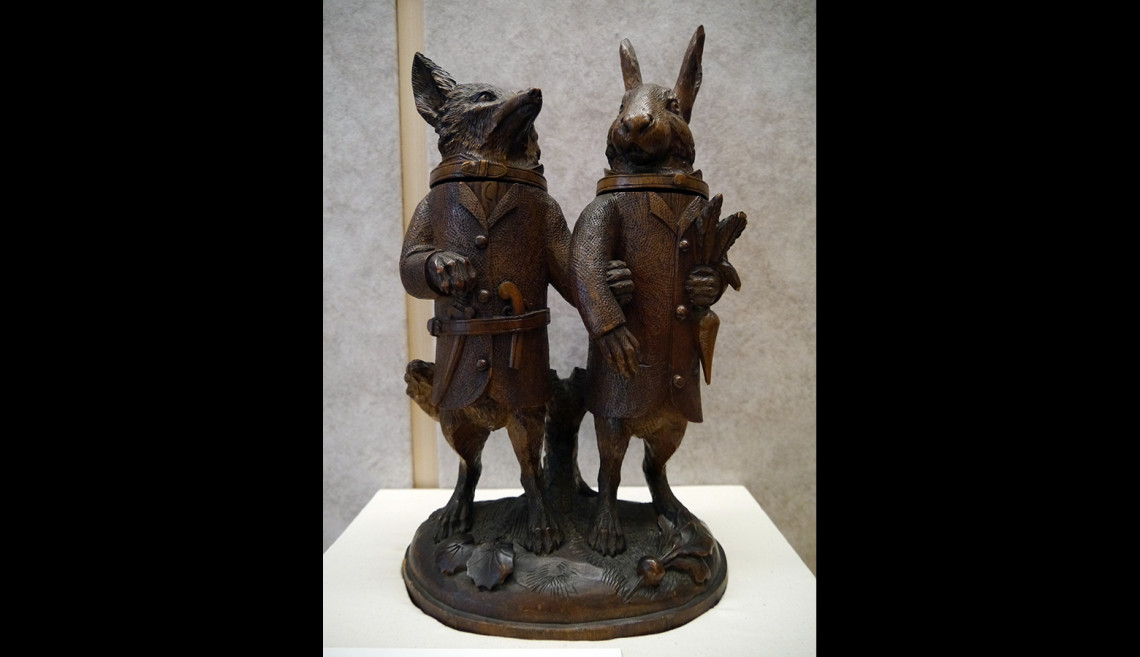
Inkstand; circa 1939–1945; W. Ward Fearnside collection, Hoover Institution Archives. This wooden inkstand from the office of the commander of the Mauthausen concentration camp near Linz, Austria, was carved by a Czechoslovakian Jehovah’s Witness imprisoned at the camp.
Artist unknown. -
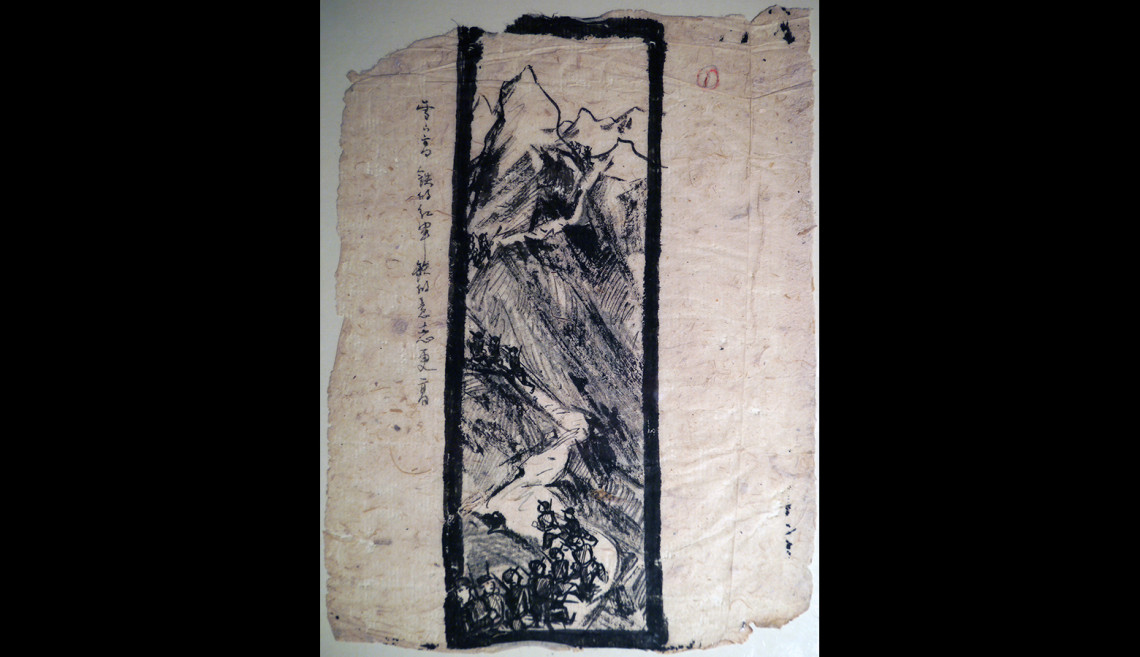
Long March Sketches; 1934–1935; Nym Wales papers, Hoover Institution Archives. In late 1934, the Red Army began what would become known as the Long March to search for a territorial base far from Nationalist incursions and the jurisdiction of local warlords. To avoid Chiang's troops, the troops went far west, then north almost to the Mongolian border, engaging in many skirmishes and battles along the way. In one year, the marchers traveled six thousand miles, over the Great Snowy Mountains, with peaks of 24,000 feet, and across many rivers. Of the close to 100,000 who began the march, only a few thousand reached Yan'an, many of whom went on to occupy positions of power and prestige. During the Long March, the forty-year-old Mao Zedong emerged as the Chinese Communist Party's political and military leader. It was at that time that the talented Zhou Enlai (1898–1976) became Mao's confidant, though careful not to become a rival.
Huang Zhen
Art And History: Treasures From The Hoover Library And Archives
Exhibition showcases works that define pivotal moments in history.
The Hoover Institution’s new exhibition, Art and History: Treasures from the Hoover Library and Archives, runs from April 23 to December 20, 2013, in the Herbert Hoover Memorial Exhibit Pavilion (next to Hoover Tower) on the Stanford University campus.
Drawing on the extensive holdings of the Hoover Institution Library and Archives, this exhibition showcases the work of artists who have captured important historical moments in their work. Each piece in Art and History, whether created by a professional or an amateur artist, expresses her or his place and experience in both an inspiring and a tumultuous world.
Additionally, as the arts become more pervasive on campus thanks to the Arts Initiative, the exhibition supports this effort by focusing on the remarkable artwork in Hoover’s collection.
The exhibition, which includes more than hundred objects spanning the twentieth century, many of which are on view for the first time, features:
- Striking selections from Hoover’s renowned poster collection
- Beautiful botanical drawings from a Russian expedition to California in the nineteenth century
- Rare art books from prerevolutionary Russia
- Watercolor depictions of the Gallipoli campaign from 1915
- Hand-painted letters of appreciation from recipients of humanitarian aid after World War I
- Drawings on thin rice paper done during the Long March led by Mao Zedong
- Groundbreaking political cartoons by Chinese artist Jack Chen
- Poignant sketches of life in the Gulag by Thomas Sgovio
- Dramatic battle scenes in the Pacific Theater during World War II by American photographer Edward Steichen
Also featured are several audio and video selections, including a documentary on Zhang Shuqi, father of Stanford professor Gordon Chang and celebrated painter (and teacher of Madame Chiang Kai-shek, whose watercolor of a conifer is also on display): in a virtuoso performance of less than seven minutes, Zhang is shown creating his elegant and decisive brushstrokes depicting birds and flowers.
One of the goals of the exhibition is to inspire visitors to think about an artist’s place in history and the windows they have created through which we can look into the past.
The exhibition is open to the public Tuesday through Saturday, 11 am to 4 pm, and is free of charge. Parking on campus is free on Saturdays. For more information, go to http://hoover.org or call the Hoover Archives at (650) 723-3563.
